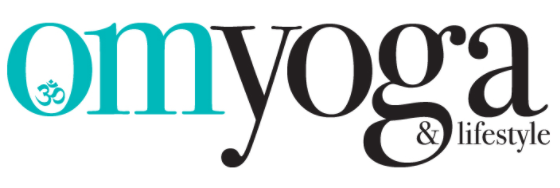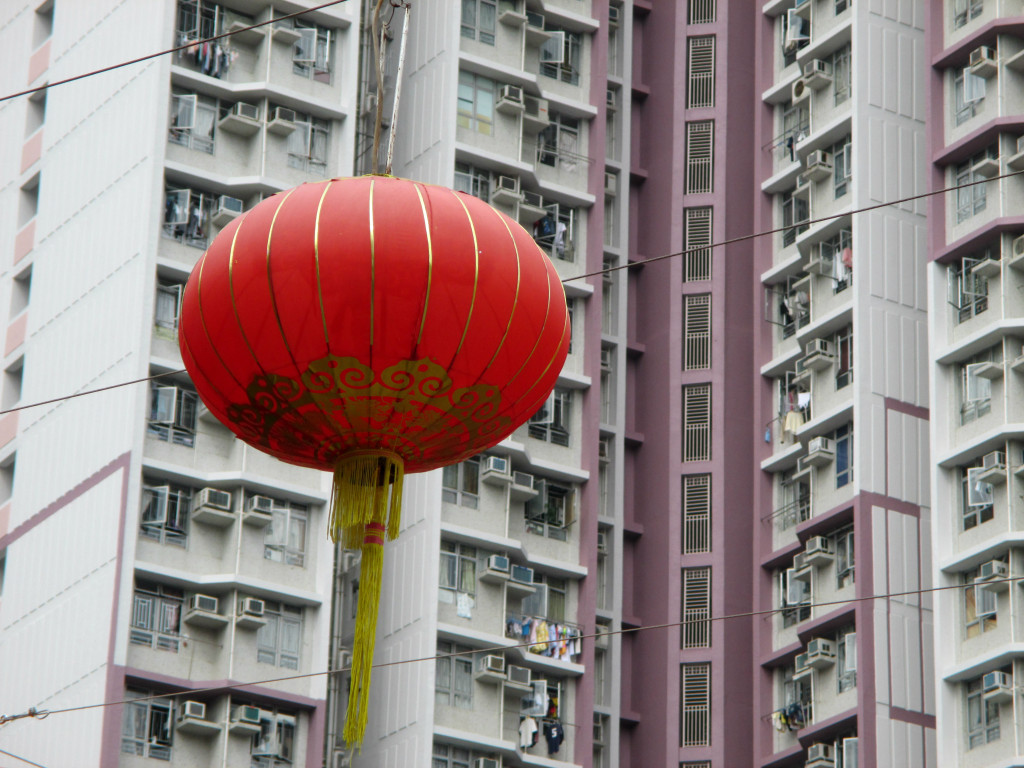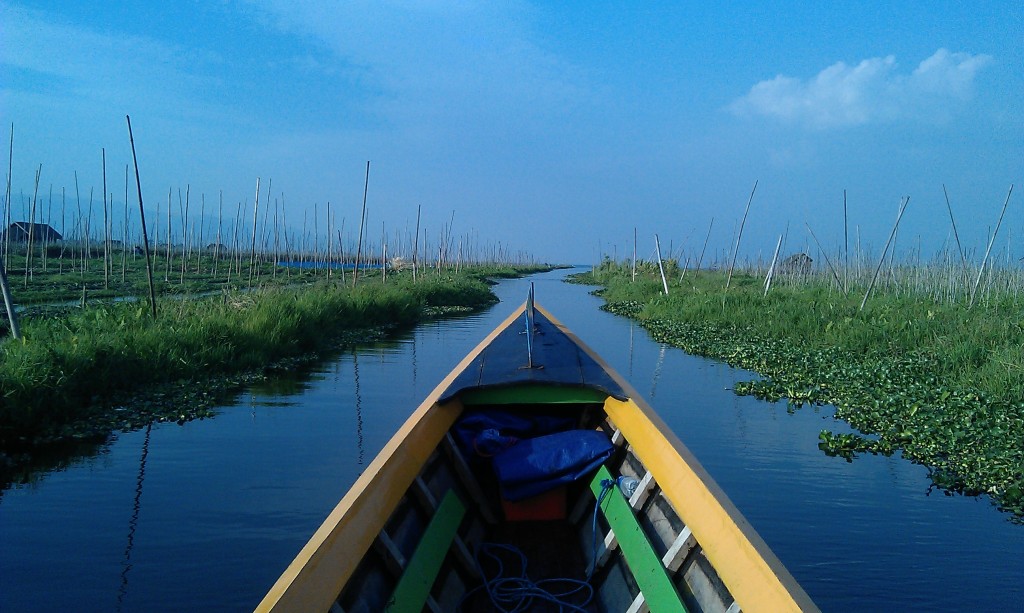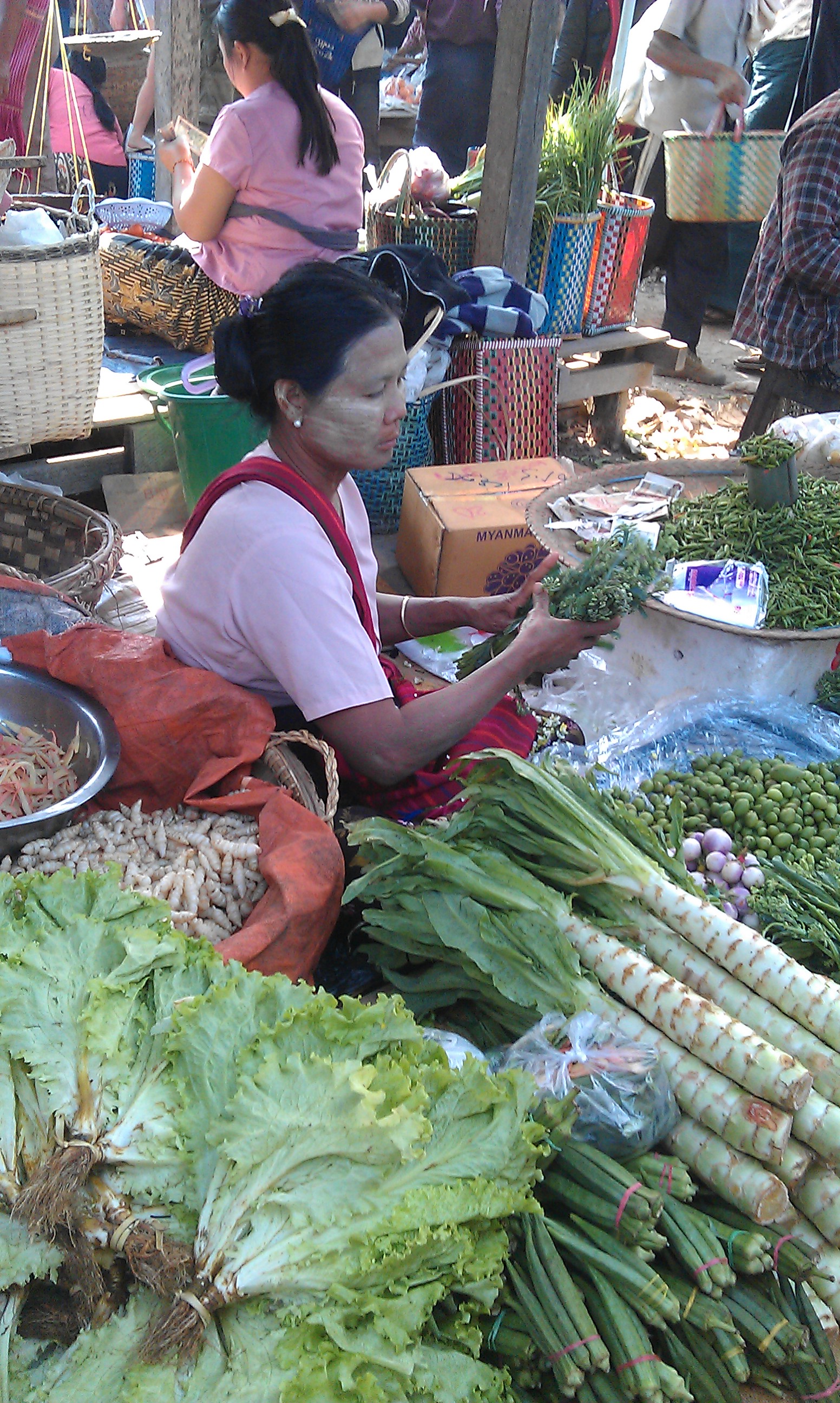In their November 2016 issue, Om Yoga & Lifestyle Magazine published my piece on the beautiful Kopan Monastery:

There is no shortage of yoga poses that require practise and concentration to get right (crow, handstand scorpion, frog), but rarely do we think of savasana as one of them. Much looked forward to after a tough class, we often sink into savasana the way we settle in for a nap, and while corpse pose is a time of rest for the body, it is also intended to be a time of meditation. But meditation doesn’t have to mean the difficult task of totally emptying your mind. Just as there are various forms of triangle pose, there are several approaches to savasana and meditation as well.
Trish O’Gorman, a yoga teacher who has taught Kundalini in the United States for over a decade, decided to deepen her meditative practise by taking part in the 6-day “Open Heart, Clear Mind” course at Kopan Monastery in Nepal this past summer. Taught by Ven. Kabir and David Marks, the course was aimed at beginners and offered, as stated on the website, “guidance and meditations on the essential teachings of Tibetan Buddhism as well as the different ways to develop the mind so as to find balance, clarity and inner peace.”
I’ll admit that the idea of a meditation course sounded like an oxymoron. Wasn’t the point of meditation to do…nothing? I joined Trish early on her final day of the course to learn more, but I would have to wait to hear her thoughts on the experience. The participants, who were mainly from Europe or the Americas, had vowed to remain silent for the entire length of the course excepting discussion group and Q&A sessions. Nevertheless, she confided later, she and some of her classmates had taken several excursions to a nearby coffee shop to chat.
Located on a hilltop on the outskirts of Kathmandu, Kopan Monastery is lively. Built in 1971, it is a monastery in the Tibetan Mahayana tradition and home to over 300 monks, lamas, teachers and workers. Visitors are welcome to stay for as little as an hour or as long as several months. As Kopan is also a small school, monks of all ages can be found chanting, meditating and debating philosophy. On clear days, lush mountain ranges emerge from the clouds, revealing green valleys below. A cadre of lazy, friendly dogs roam the picturesque grounds, which include a meditation hall, gardens, a library and dorm-like accommodations.
The day’s itinerary was simple and straightforward, and began with a meditation session before breakfast. The silence I had expected, but this was my first experience with a guided meditation, where a teacher gently urges you to contemplate certain subjects/questions and to envision images, such as the Buddha on a lotus or light filling your body. Guided meditation, also called analytical meditation, is one of the more accessible forms of calming the mind, as it is a more familiar method of structuring and managing your thoughts. While Kopan also coaches on the differences between and strategies to practise silent and structured (chanting) meditation, analytical meditation was the most common during this course. I felt this would be helpful next time I entered savasana at the end of yoga class; instead of the usual struggle to completely empty my mind of thoughts, I could instead select a prompt (like a quote from a spiritual text or a question about how to live with wisdom) and concentrate on contemplating it deeply.
Upon the completion of the meditation session, the participants were released from their silence. Breakfast was boisterous in spite of the spare, plain food provided by the monastery (all vegan, of course). It was clear that Trish and many of the other participants had developed strong friendships over the week.

While teenaged monks in gangs loudly debated Buddhist philosophy in the courtyard, we returned to the beautiful meditation hall for a dharma talk led by Ven. Kabir. Unsurprisingly, for the participants’ final talk, the focus was on how to carry the lessons of the monastery with them and continue following the path after leaving Kopan Hill. Not a rigid lecturer, Kabir welcomed questions and quoted Thoreau and Pablo Neruda along with the Dalai Llama. He highlighted how the modern world challenges our ability to remain in touch with ourselves, and spent some time illustrating how practicing Buddhism is ultimately reliant on self-confidence and on working intelligently with ourselves. What resonated most strongly with me was the discussion on how meditation was essential to reconnecting with our inner selves in a world that constantly tries to pull us out of ourselves by engaging and often overwhelming our senses – touchscreens, headphones, visual media, instant alerts, foods engineered to be addicting. Meditation, like yoga, is all about coming back to the breath and being in the moment.
According to Trish, throughout the course, the dharma talks and guided meditations were quite Buddhist, which could be a guide or a detour, depending on your spiritual or religious preferences. For the first two days, Trish felt at philosophical odds with the monastery and even considered leaving. She wanted less focus on Tibetan Mahayana Buddhist doctrines and more exploration of the personal approaches and benefits to meditation. But then things started coming together, she said, particularly in the discussion groups. It all came down to motivation and intention, and how to direct one’s energy towards leading a life of kindness, compassion and wisdom.
Though the remainder of the final lecture centred around Buddhism’s Six Perfections, the lessons were universal and vital: how patience is a balm for anger, how to be generous to ourselves in body and mind, how we set up barriers between ourselves and others. Dharma is about investigating the self, learning to approach not only yoga but our daily lives with mindfulness, and about taking responsibility for our own happiness and our own suffering. Yoga and elements of its underlying philosophy were referred to often, such as karma and samadhi, which you may have heard in passing in a class but which the teacher likely didn’t have time to explain in depth.
Afterwards, lunch was provided and with it, the 6-day course came to a close. Had this been one of the earlier days, lunch would have been followed by two hours of free time and then four 1-hour discussion groups focused on different topics provided by the course leaders.
When asked how she had found the course beneficial, Trish noted that for her, much of the course reinforced what she already knew and practised, specifically the power of adding structure to personal meditation:
“Kundalini is one of the few forms of yoga that regularly incorporates meditation and chanting, but for the other forms of yoga, the monastery’s practises and guidance could be very helpful, especially as the entire point of yoga is to prepare the body for meditation. Doing yoga without meditation is like baking a delicious cake but not bothering with the frosting.”
When we talk about taking higher level yoga classes, we usually think about more challenging arm balances and deeper backbends, so why not take your savasana to the next level as well? Next time you lay your hardworking body onto the mat for its rest, practise guiding your thoughts to contemplate a concept like compassion or a question about the nature of your own consciousness. You may be surprised by how far you can travel through your own depths.





